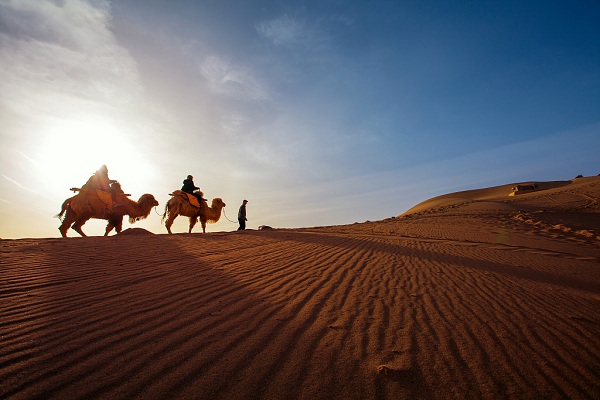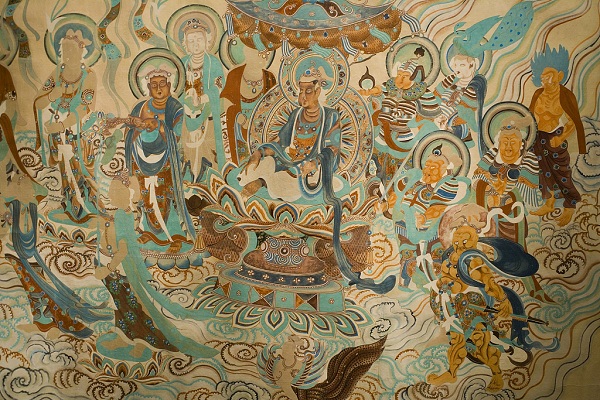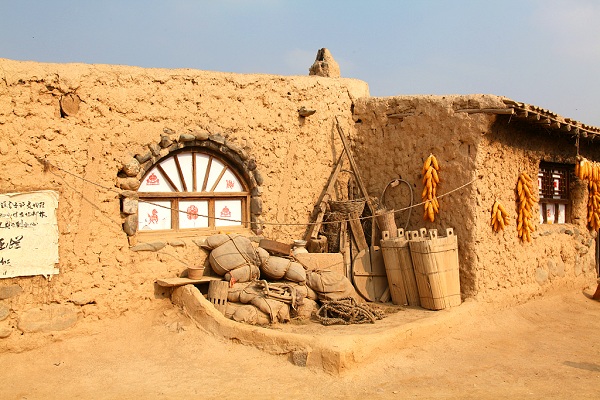Ramble along the ancient Silk Road in Gansu
Located in the upper reaches of the Yellow River, northwest China, Gansu province is one of the cradles of Chinese cultures. Lanzhou, a well-known ancient city in China, is the capital of Gansu. It is the second largest city in northwest China, and also the political, economic and cultural center of the province.

Gansu is located on the golden section of the Silk Road, connecting the ancient central China and the Western Region. [Photo/VCG]
The province occupies a total area of 450,000 square kilometers. Neighboring provinces are Shaanxi to the east, Sichuan to the south, Qinghai and Xinjiang to the west and Inner Mongolia and Ningxia Hui autonomous region to the north. With a population of 26,372,600, the city has a multinational population including ethnic minority groups of Kazak, Mongolian, Tibetan, Hui, Dongxiang, Tu and Manchu. They mutually influence each other in the fields of economics, politics and culture and hold close ties with the Han people. They have thus developed a unique cultural community.
The local traditional handicrafts are archaized carpets (using patterns from ancient carpets), luminous cups and the duplicates of sculptures and murals of the Mogao Grottoes in Dunhuang.

The Dunhuang grotto mural [Photo/VCG]
Gansu has a dry climate with plenty of sunshine and strong radiation. The temperature varies greatly from day to night. The annual average temperature is between 0 to 14 C. However, despite the changing weather, your sightseeing visit from May to October would be uninterrupted.

Gansu has a dry climate with plenty of sunshine and strong radiation. [Photo/VCG]
With a long history and brilliant cultures, Gansu is abundantly endowed with cultural relics and natural scenery.
Take the world-famous Mogao Caves for example. It is the largest and most well-preserved Buddhist art palace and also a post along the ancient Silk Road; the grand Jiayuguan Pass, an important outpost in ancient China, is the western end of the Great Wall; the Labrang Monastery in Xiahe is one of the largest Tibetan Buddhist resorts in China while the Bingling Temple in Lanzhou is a treasure trove of Han Buddhism.
Vast and graceful natural scenery like endless desert and pure glacial landscape also presents an impressive and breath-taking picture before your eyes. All of these are commendatory points of interest for your tour.
-
As AI encounters Dunhuang's art, the ancient caisson ceiling bridges centuries to the present.
View all stories

 Gansu thrives from green development
Gansu thrives from green development  >
>